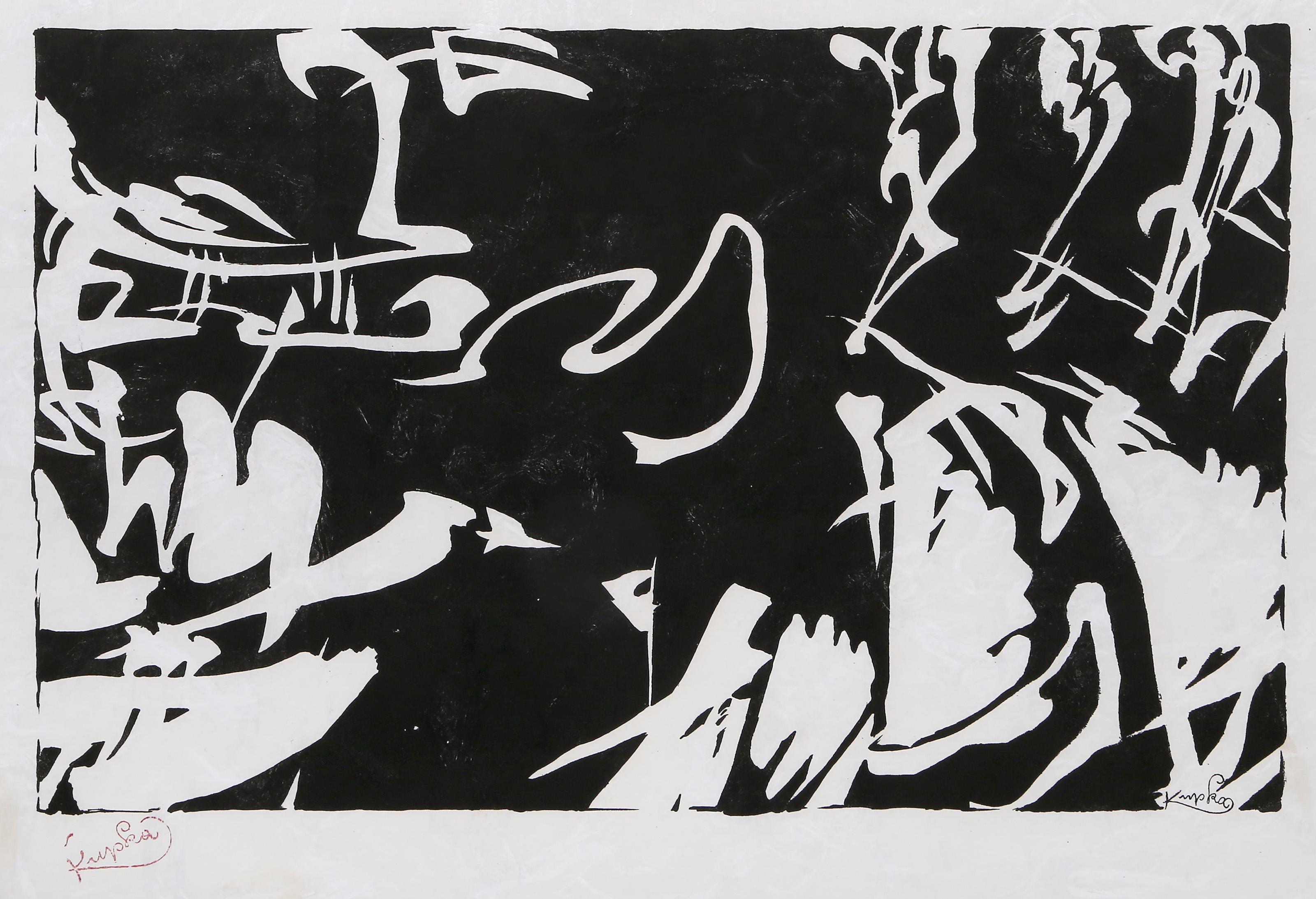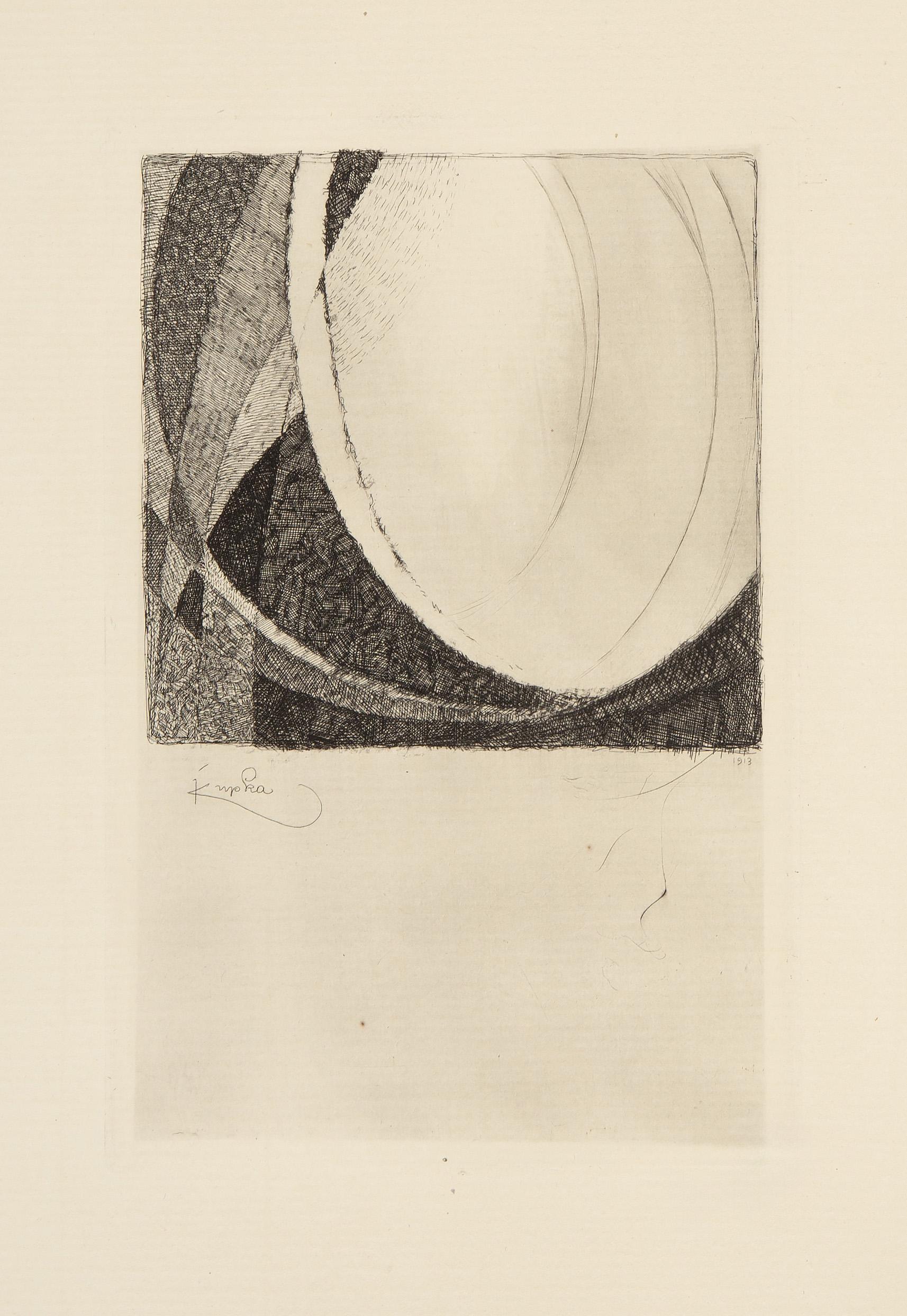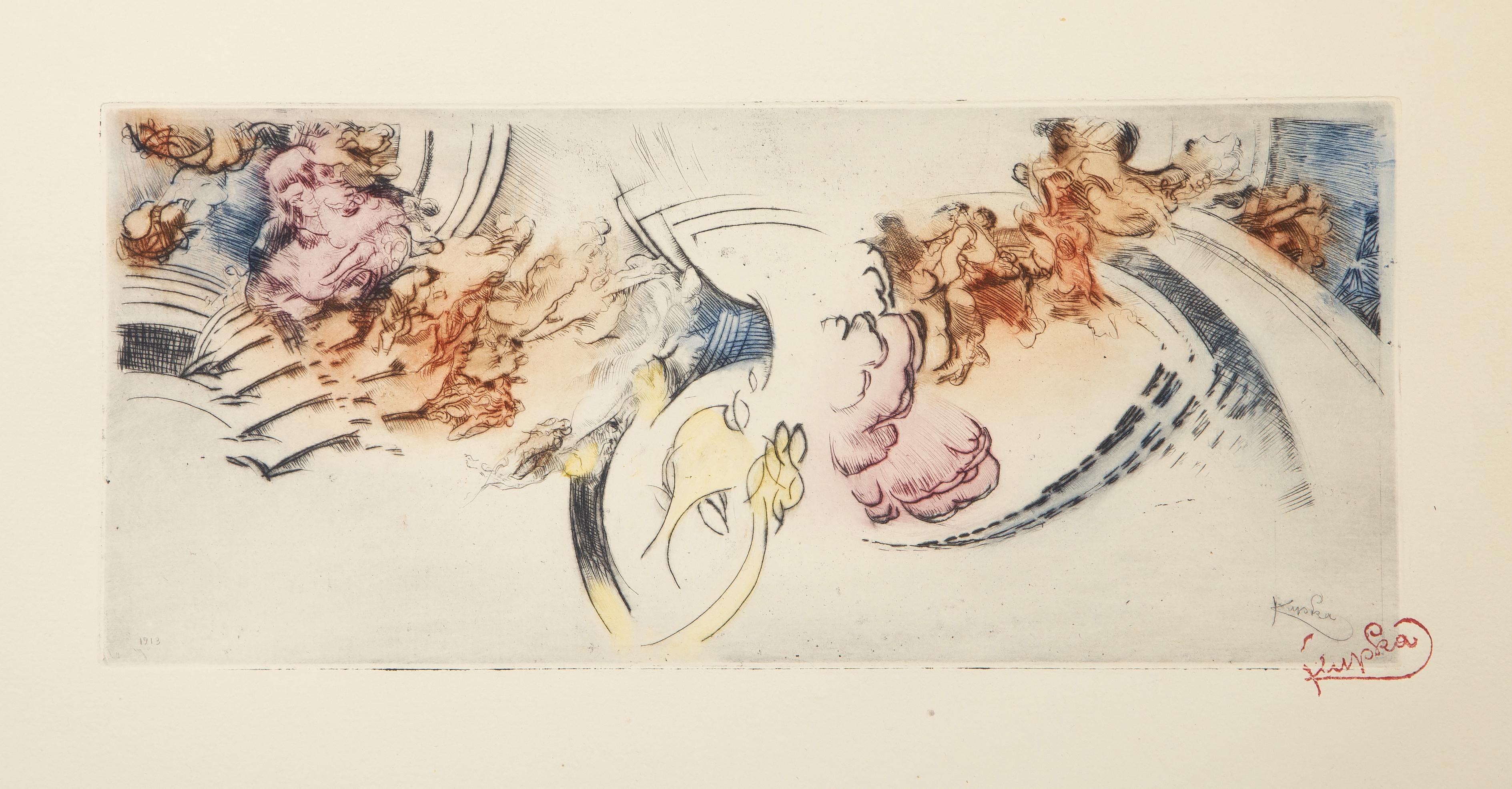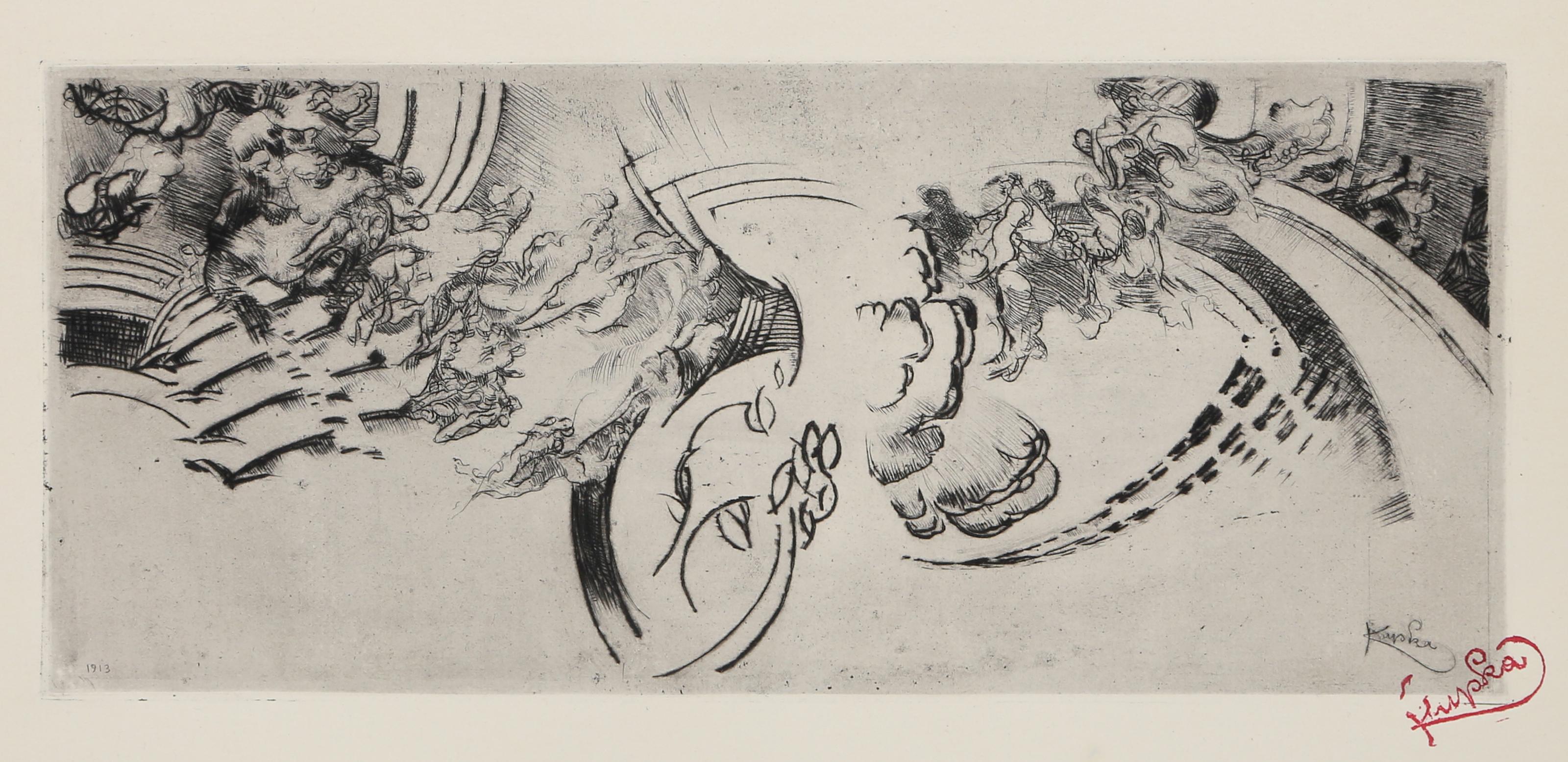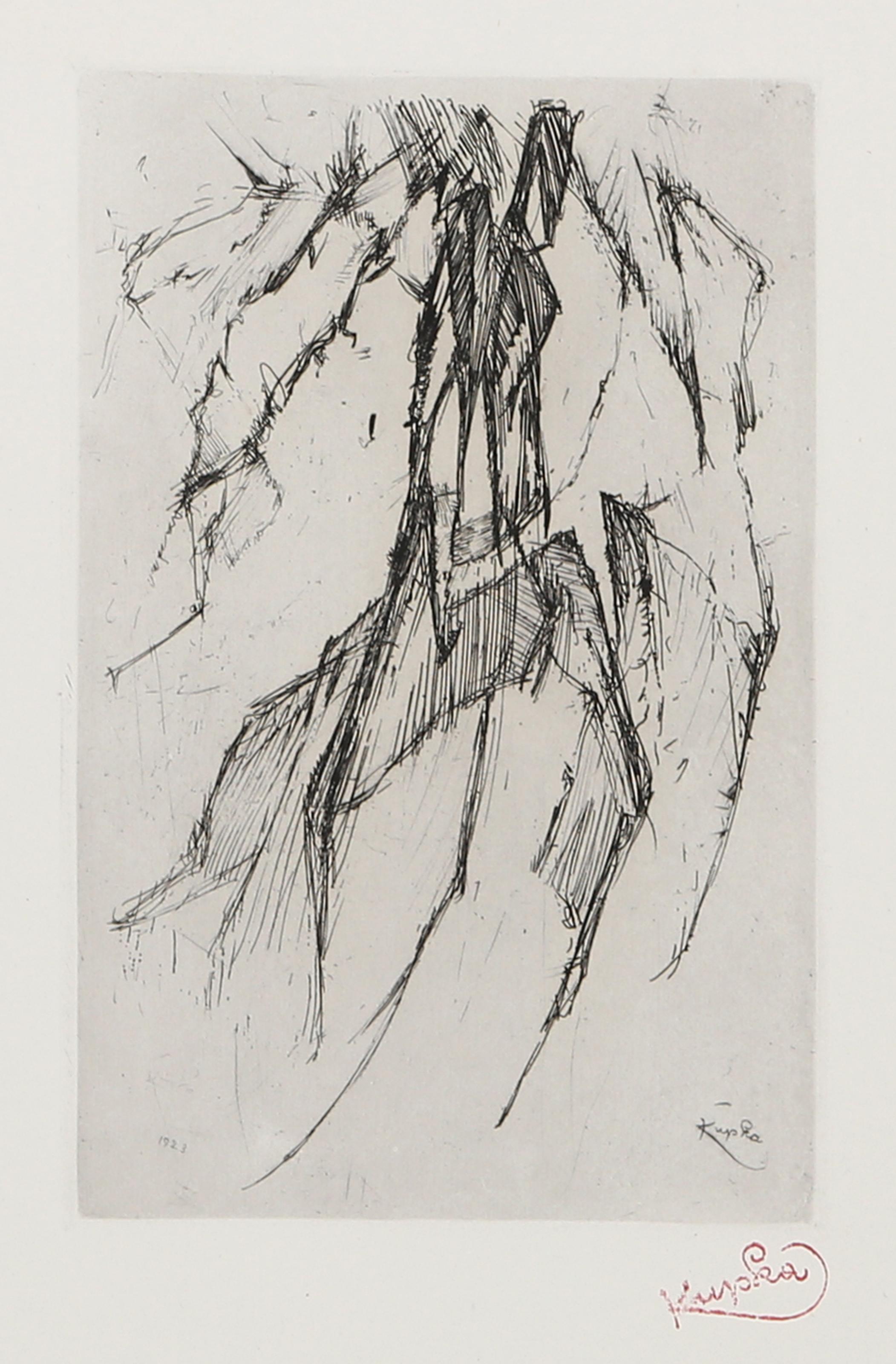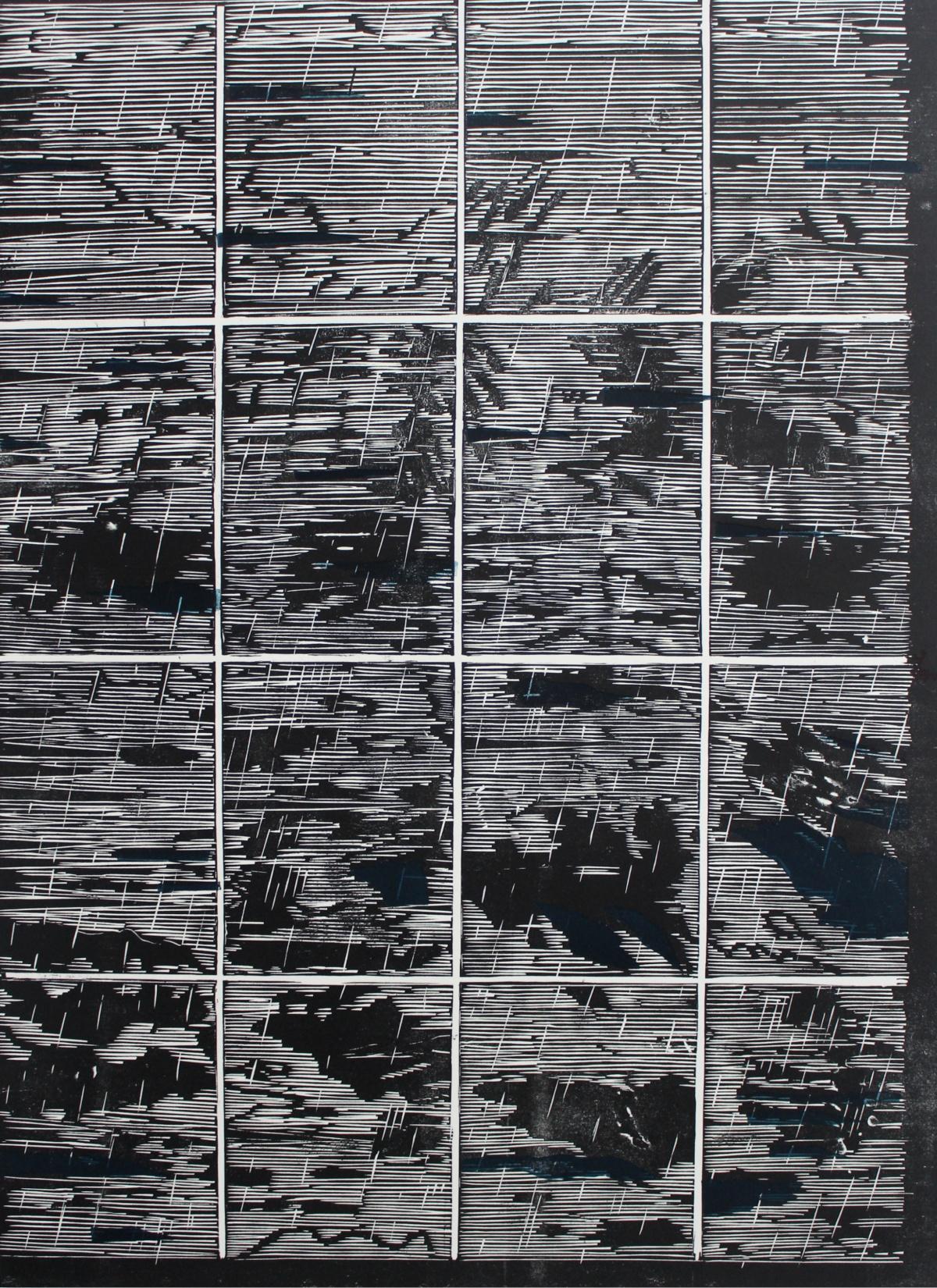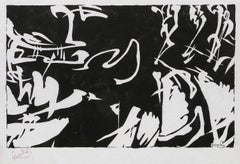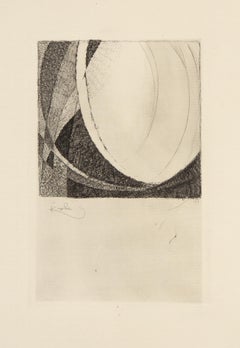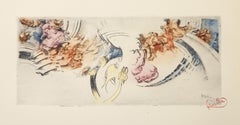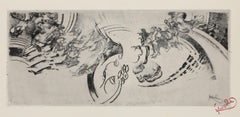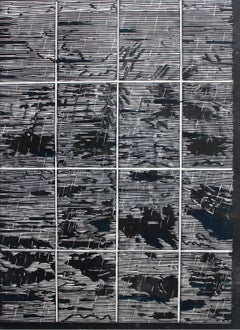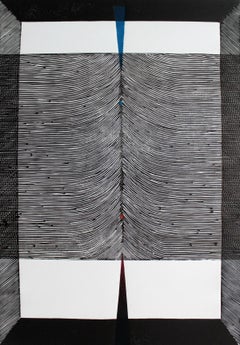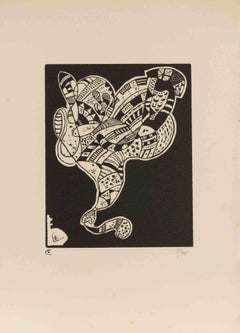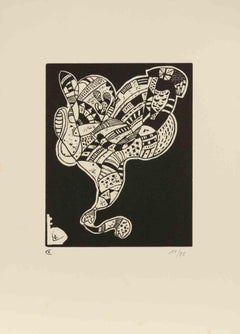Items Similar to Bílé rytmy na černém, Modern Woodcut by Frantisek Kupka
Want more images or videos?
Request additional images or videos from the seller
1 of 8
Frantisek KupkaBílé rytmy na černém, Modern Woodcut by Frantisek Kupka1912
1912
$2,500
£1,925.71
€2,198.93
CA$3,566.30
A$3,900.87
CHF 2,047.08
MX$46,652.25
NOK 25,834.05
SEK 24,100.05
DKK 16,422
About the Item
Frantisek Kupka, Czech (1871 -1957) - Bílé rytmy na černém, Year: 1912, Medium: Woodcut on gray wove paper, signed in the plate and stamp signed, Image Size: 10 x 16 inches, Size: 12.75 x 19.75 in. (32.39 x 50.17 cm), Description: From the collection of the late Larry Saphire
- Creator:Frantisek Kupka (1871 - 1957, Czech)
- Creation Year:1912
- Dimensions:Height: 12.75 in (32.39 cm)Width: 19.75 in (50.17 cm)
- Medium:
- Movement & Style:
- Period:
- Condition:
- Gallery Location:Long Island City, NY
- Reference Number:Seller: RO843521stDibs: LU46616271232
About the Seller
4.9
Platinum Seller
Premium sellers with a 4.7+ rating and 24-hour response times
Established in 1979
1stDibs seller since 2014
3,179 sales on 1stDibs
Typical response time: 1 hour
- ShippingRetrieving quote...Shipping from: Long Island City, NY
- Return Policy
More From This Seller
View AllBílé rytmy na černém II, Abstract Woodcut on Rice Paper by Frantisek Kupka
By Frantisek Kupka
Located in Long Island City, NY
Bílé rytmy na černém II
Frantisek Kupka, Czech (1871–1957)
Date: 1912
Woodcut on handmade rice paper, signed in the plate and stamp signed
Image Size: 10 x 16 inches
Size: 15 x 22.75...
Category
1910s Abstract Expressionist Abstract Prints
Materials
Rice Paper, Woodcut
Amorpha, Surrealist Etching by Frantisek Kupka
By Frantisek Kupka
Located in Long Island City, NY
Frantisek Kupka, Czech (1871 - 1957) - Amorpha. Year: 1913, Medium: Etching on Richard de Bas, Image Size: 9 x 5.75 inches, Size: 20.25 x 12.75 in. (51.44 x 32.39 cm), Description: F...
Category
1910s Surrealist Prints and Multiples
Materials
Etching
Abstract Composition (Color), Surrealist Etching by Frantisek Kupka
By Frantisek Kupka
Located in Long Island City, NY
Frantisek Kupka, Czech (1871 - 1957) - Abstract Composition (Color). Year: 1913, Medium: Color Etching on Richard de Bas, stamp signed and signed in the plate, Image Size: 6 x 13.5 i...
Category
1910s Surrealist Prints and Multiples
Materials
Etching
Abstract Composition, Surrealist Etching by Frantisek Kupka
By Frantisek Kupka
Located in Long Island City, NY
Frantisek Kupka, Czech (1871 - 1957) - Abstract Composition. Year: 1913, Medium: Etching on Richard de Bas, stamp signed and signed in the plate, Image Size: 6 x 13.5 inches, Size: 1...
Category
1910s Surrealist Prints and Multiples
Materials
Etching
Fountain, Surrealist Etching by Frantisek Kupka
By Frantisek Kupka
Located in Long Island City, NY
Frantisek Kupka, Czech (1871 - 1957) - Fountain. Year: 1923, Medium: Etching, stamp signed and signed in the plate, Image Size: 9 x 6 inches, Size: 20 x 13.25 in. (50.8 x 33.66 cm), ...
Category
1920s Surrealist Prints and Multiples
Materials
Etching
Amorpha (Color), Surrealist Etching by Frantisek Kupka
By Frantisek Kupka
Located in Long Island City, NY
Frantisek Kupka, Czech (1871 - 1957) - Amorpha (Color). Year: 1913, Medium: Color Etching on Richard de Bas, stamp signed, Image Size: 9 x 5.75 inches, Size: 20.25 x 12.75 in. (51.44...
Category
1910s Surrealist Prints and Multiples
Materials
Etching
You May Also Like
Non-accidental shapes - XX Century, Colorful Woodcut , Abstract Print
By Ryszard Gieryszewski
Located in Warsaw, PL
RYSZARD GIERYSZEWSKI (born in 1936)
Graduated from the Academy of Fine Arts in Warsaw in 1964. He is a member of International Association XYLON in Switzerland. He participated in mo...
Category
Early 2000s Abstract Abstract Prints
Materials
Paper, Woodcut
Asymmetric composition. Woodcut & Linocut, Op art, Abstract Print, Polish art
By Ryszard Gieryszewski
Located in Warsaw, PL
Contemporary op art abstract linocut and woodcut print by Polish artist Ryszard Gieryszewski. Print is mostly black&white with addition of blue and red. Title of this artwork is 'Asy...
Category
Early 2000s Abstract Abstract Prints
Materials
Paper, Linocut, Woodcut
Gravure pour 10 origine - Woodcut after Vasilij Kandinskij - mid-20th Century
Located in Roma, IT
Gravure pour 10 origine is an original modern artwork realized by Vasilij Kandinskij
Black and white woodcut
Numbered on the lower margin.
Edition of 15/75.
This is the second e...
Category
Mid-20th Century Abstract Abstract Prints
Materials
Woodcut
Gravure pour 10 Origine - Woodcut after Vasilij Kandinskij - mid-20th Century
Located in Roma, IT
Gravure pour 10 origine is an original modern artwork realized by Vasilij Kandinskij
Black and white woodcut
Numbered on the lower margin.
Edition of 15/75.
This is the second e...
Category
Mid-20th Century Abstract Abstract Prints
Materials
Woodcut
Gravure pour 10 Origine - Woodcut after Vasilij Kandinskij - mid-20th Century
Located in Roma, IT
Gravure pour 10 origine is a modern artwork realized after Vasilij Kandinskij
Black and white woodcut
Numbered on the lower margin.
Edition of 13/75.
This is the second edition,...
Category
Mid-20th Century Abstract Abstract Prints
Materials
Woodcut
Leonard Baskin Abstract Woodcut, Signed
By Leonard Baskin
Located in New York, NY
Leonard Baskin (1922-2000)
Untitled, Late 20th Century
Woodcut
Framed: 32 x 24 1/4 x 1/4 in.
Edition 26/50
Signed and numbered lower right
A highly respected draftsman, printmaker, ...
Category
Late 20th Century Abstract Abstract Prints
Materials
Woodcut
